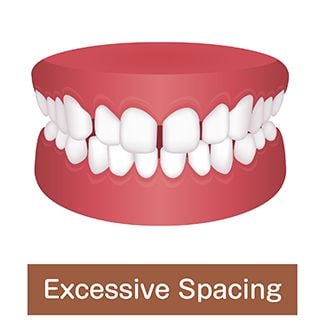Orthodontic treatment can correct jaw and teeth misalignment, and give you an amazing smile in the process. It works by harnessing our body’s natural ability to remodel its own tissue.
With application of light, constant force, orthodontic appliances gently reshape bone and move teeth into better positions. Examples of orthodontic appliances include braces, clear aligners, and palatal expanders.
Common Bite Problems
 Crossbite
Crossbite
A crossbite occurs when the upper teeth are not vertically aligned with the lower teeth, which may sometimes feel like the upper teeth are resting inside of the lower teeth. This bite can lead to misaligned jaw development.
 Underbite
Underbite
An underbite is when the lower jaw extends beyond the upper jaw, so that the lower teeth sit in front of the upper teeth. This bite can lead to TMJ pain, as well as problems with eating.
 Overbite
Overbite
An overbite occurs when the upper jaw extends excessively beyond the lower jaw. This can result in the lower teeth to bite into the roof of the mouth, and leads to excessive wear in the front lower and upper teeth.
 Overjet (Protrusion)
Overjet (Protrusion)
Overjet is characterized by teeth protruding outward, often outside the lips, and is sometimes referred to as “buck teeth.” The main difference between an overbite and overjet is that in an overbite, the teeth grow straight down, and in overjet, they grow at an angle pointing outside the mouth. This condition is associated with an increased wear of the front teeth, and an increased risk of injury to the front teeth.
 Open Bite
Open Bite
An open bite occurs when the upper and lower teeth do not overlap, and there is a vertical space between the top front and lower teeth.
 Excessive Crowding
Excessive Crowding
Crowding occurs when teeth are too close together. When there is no room in the gums because of excessive crowding, teeth can become impacted, meaning they are unable to grow and are stuck underneath the gums.


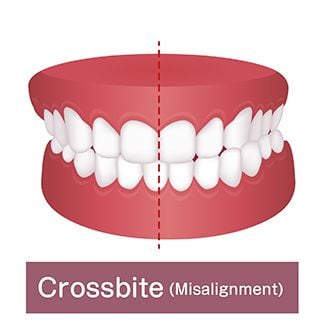 Crossbite
Crossbite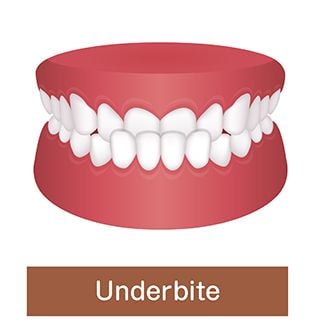 Underbite
Underbite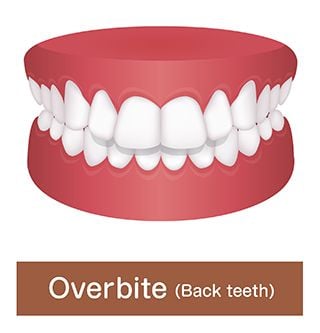 Overbite
Overbite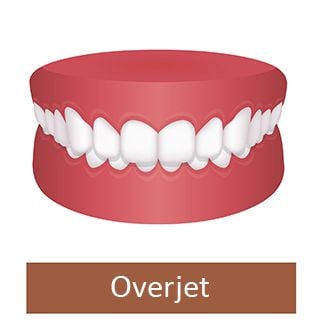 Overjet (Protrusion)
Overjet (Protrusion)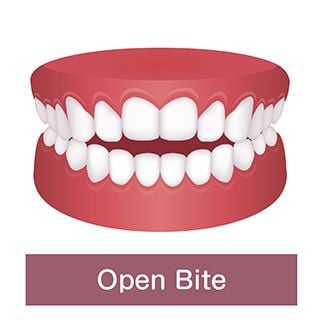 Open Bite
Open Bite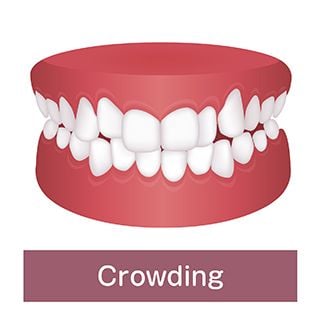 Excessive Crowding
Excessive Crowding